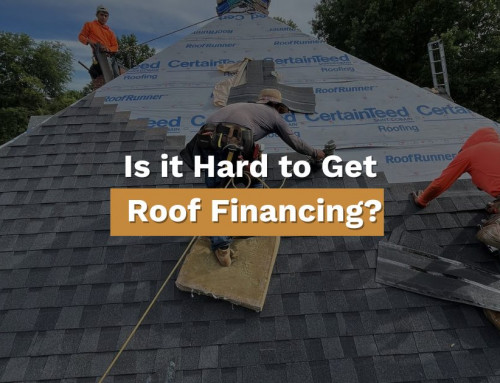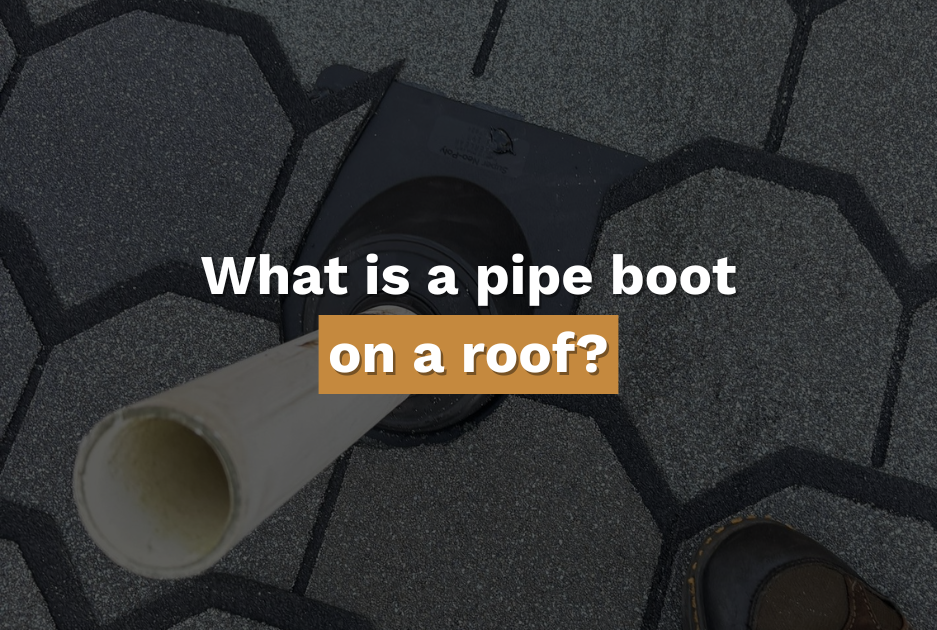
Highlights for Pipe Boot
A pipe boot seals around the roof vent pipe to prevent leaks and weather damage. Made from rubber, silicone, or lead, it provides a watertight barrier, protecting against moisture and decay. Regular inspection is essential to maintain the seal and extend the roof’s lifespan.
Table of Contents
What is a Pipe Boot?
A pipe boot on a roof is a vital component that seals around the roof vent pipe, protecting against leaks and weather damage. Proper installation and maintenance of pipe boots are essential to preserve the roof’s integrity.
A pipe boot is a piece of pipe flashing designed to prevent leaks where the roof vent pipe exits the roof. These boots, typically made from silicone, rubber, or lead, fit securely around the base, forming a watertight seal that keeps water out of your roofing system. For homeowners in regions where weather can vary from scorching sun to heavy snow, pipe boots protect a home from moisture damage. Installed correctly, a roof boot seals around roof vent pipes, safeguarding the entire roof system from potential leaks and structural deterioration.
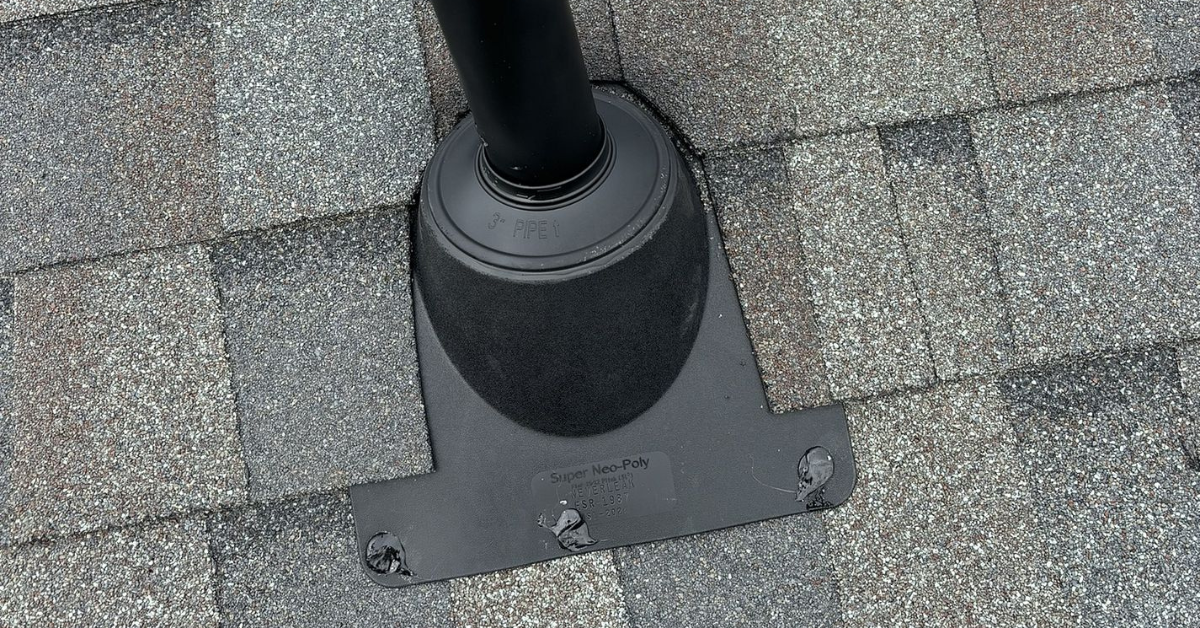
Definition: Why are they important to a roof?
A pipe boot is a critical component in the roof system, designed to form a watertight seal around the roof vent pipe. Vent pipes are installed to allow the roof to breathe, letting gases escape and maintaining indoor air quality. Without it, moisture can seep around these pipes, causing leaks and significant damage. They are commonly made from plastic, EPDM (durable rubber), or copper. They’re designed to handle the wear and tear of exposure to UV rays, contraction and expansion from weather changes, and general aging.
Vent pipes with pipe boots are necessary to prevent water from penetrating the roof. Homeowners should remember that untreated water infiltration can lead to mold, mildew, and structural decay. Well-maintained pipe boots can prevent this, giving homeowners peace of mind that their roof system is protected from leaks. Roofing contractors emphasize the importance of pipe boots in any roofing project because they help extend the roof’s life and avoid costly repairs.
Types of Pipe Boots
Rubber
Rubber pipe boots are one of the most widely used options. Rubber’s flexibility allows it to conform to the shape of the pipe. Sun exposure can cause rubber to crack over time, especially in regions with intense UV exposure. While these are affordable and relatively easy to replace, homeowners should inspect them regularly for cracks or other signs of wear. Some owners replace rubber boots with more durable options, especially if they experience frequent leaks.
Silicone
Silicone pipe boots are known for their durability and resistance to UV rays. This material is ideal for roofs exposed to significant sun exposure, as it holds up well under heat. Professionals often use silicone pipe boots on roofs with a high likelihood of UV exposure, as silicone doesn’t degrade as quickly as rubber. For projects aimed at longevity, silicone boots provide a reliable seal that will protect your roof’s integrity for years.
Lead
Lead pipe boots are highly durable and last several decades. They’re commonly used in high-quality roofing projects where longevity and resistance to harsh weather matter the most. Experts use lead pipe boots for sure roofs, mainly when longevity is the priority. While more costly than rubber or silicone, lead boots offer exceptional durability against moisture and snow, making them an excellent investment for homes in unpredictable climates.
Metal and EPDM
Metal and EPDM pipe boots are popular choices. EPDM is particularly suited for flat roof installations due to its weather resistance. Copper pipe boots are an option for high-end roofing projects, giving a classic look with exceptional durability. Each material has a different lifespan and maintenance requirements, so selecting the right type for your home and location is important.

How Pipe Boots Protect Your Roof
Creating a Watertight Seal
Correctly installed pipe boots form a tight seal around the roof vent pipe, preventing moisture from entering. Thus, protecting the roof from water infiltration ensures that roof vents, pipes, and the rest of the roofing system remain dry and protected. Over time, a pipe boot’s seal may wear out, especially in regions with frequent contraction and expansion. We emphasize using high-quality products for all pipe boot installations to guarantee long-lasting protection.
Protection Against Weathering and UV Damage
Pipe boots endure constant exposure to weather conditions. Rubber and plastic boots can degrade over time due to sun exposure. For roofs that experience a wide range of weather, pipe boots made from durable materials like silicone or EPDM are necessary. These materials help resist UV damage, contraction, and the impact of constant weather changes.
Impact on Roof Longevity
The state of a pipe boot can directly impact the roof’s longevity. By protecting areas where pipes exit the roof, pipe boots prevent leaks that lead to significant damage. Regular inspection and prompt repair or replacement of damaged boots are recommended to preserve the roof’s lifespan.
Signs Your Pipe Boot Needs Repair or Replacement
Visible Signs of Wear and Tear
Signs of pipe boot damage include cracks, holes, or gaps around the pipe’s base. Cracks form due to exposure to the sun’s rays or general weathering and can lead to leaks if not addressed. A quick roof inspection by a HAAG-certified inspector can reveal whether it needs immediate attention. Damaged boots allow debris and water to access the roofing system, increasing the risk of leaks and costly repairs.
Attic Water Stains and Leaks
Water stains in the attic near the roof vent pipe indicate a pipe boot may have failed. Moisture entering a compromised boot can cause water stains on ceilings or walls. These stains appear in homes where pipe boots have gone without inspection or replacement. Prompt action is needed when these signs are present, as delayed repair can lead to moisture damage and mold growth.
Regular Roof Inspection Tips
Regular roof inspections are essential in spotting early signs of wear and tear on pipe boots. Contractors recommend owners inspect their roofs at least once a year, ideally after a season with heavy weather. For those unsure what to look for, we provide comprehensive inspection services covering all roofing system aspects, including pipe boots, flashing, shingles, and more.
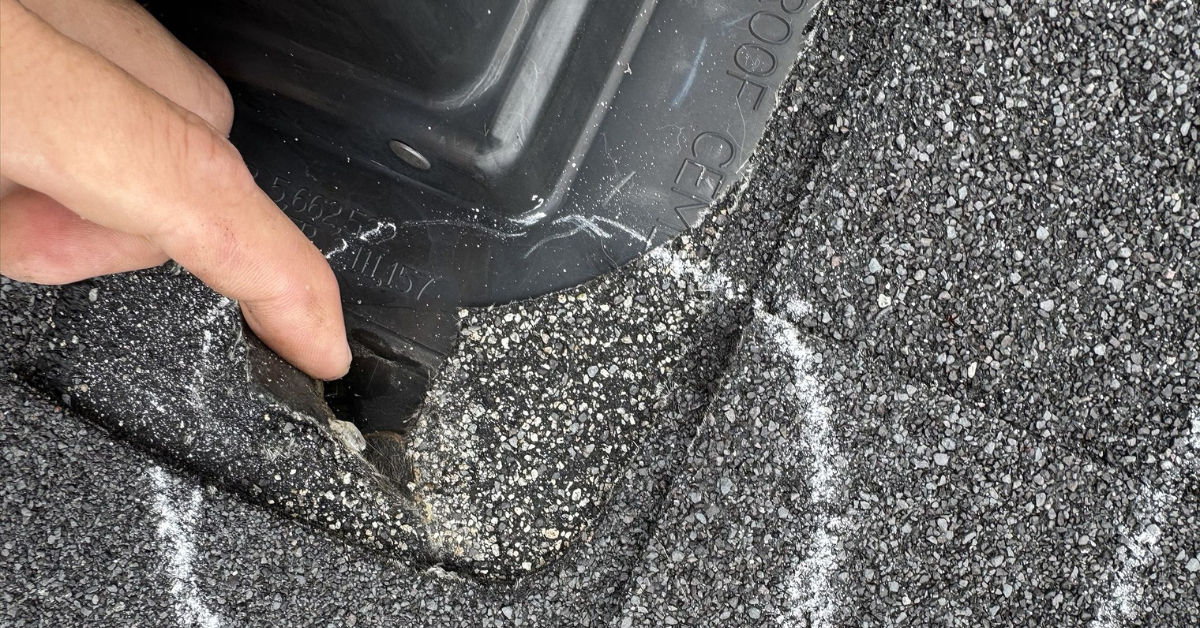
Maintenance and Replacement of Pipe Boots
Regular Maintenance Tips
Maintaining pipe boots is relatively easy. Cleaning away debris around the boots, checking for cracks, and reapplying sealant if necessary are simple ways to keep them functioning. Regular maintenance ensures they fit snugly around the base, reducing the risk of leaks and damage.
When to Replace a Pipe Boot
If cracks or leaks are visible, it’s time to replace the pipe boot. Rubber boots last around 10 years, while metal or lead boots can last longer. Replacement intervals vary based on exposure to weather elements and the type of roofing system in place. Middle Tennessee residents should consider replacing rubber boots frequently due to the region’s intense sun and varying weather conditions.
DIY vs. Professional Repair
While replacing a pipe boot can seem straightforward, professional installation offers several benefits. Roofing contractors can ensure a proper fit, use quality materials, and perform the job safely, preventing future issues. They will remove the old boot, install a new one, and ensure everything is secured and watertight, giving owners peace of mind.
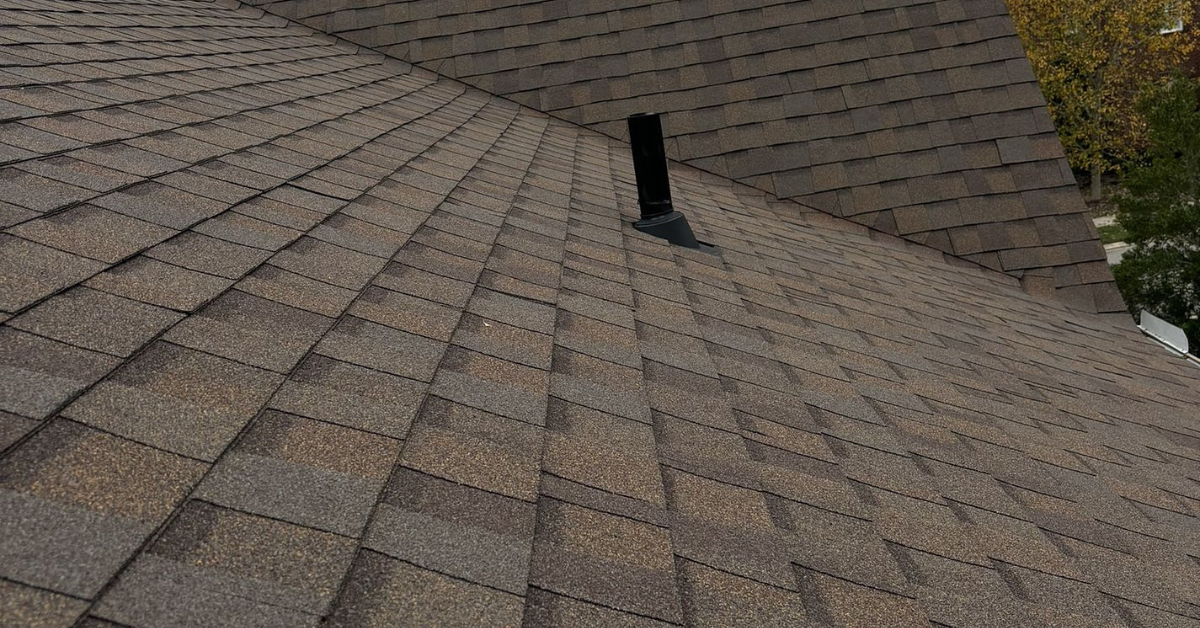
Conclusion
Pipe boots are pivotal in maintaining a roof’s integrity by sealing around the roof vent pipe. Middle Tennessee residents, in particular, can benefit from understanding the different types of pipe boots, such as rubber, silicone, and lead. Regular inspections, especially after severe weather, can help owners catch signs of wear, like cracks, gaps, or water stains, before they damage the roof more significantly. Regular roof inspections from a roofing contractor can determine the extent of the damage. Contact us to schedule a free roof inspection to determine if your roof has any damage.



